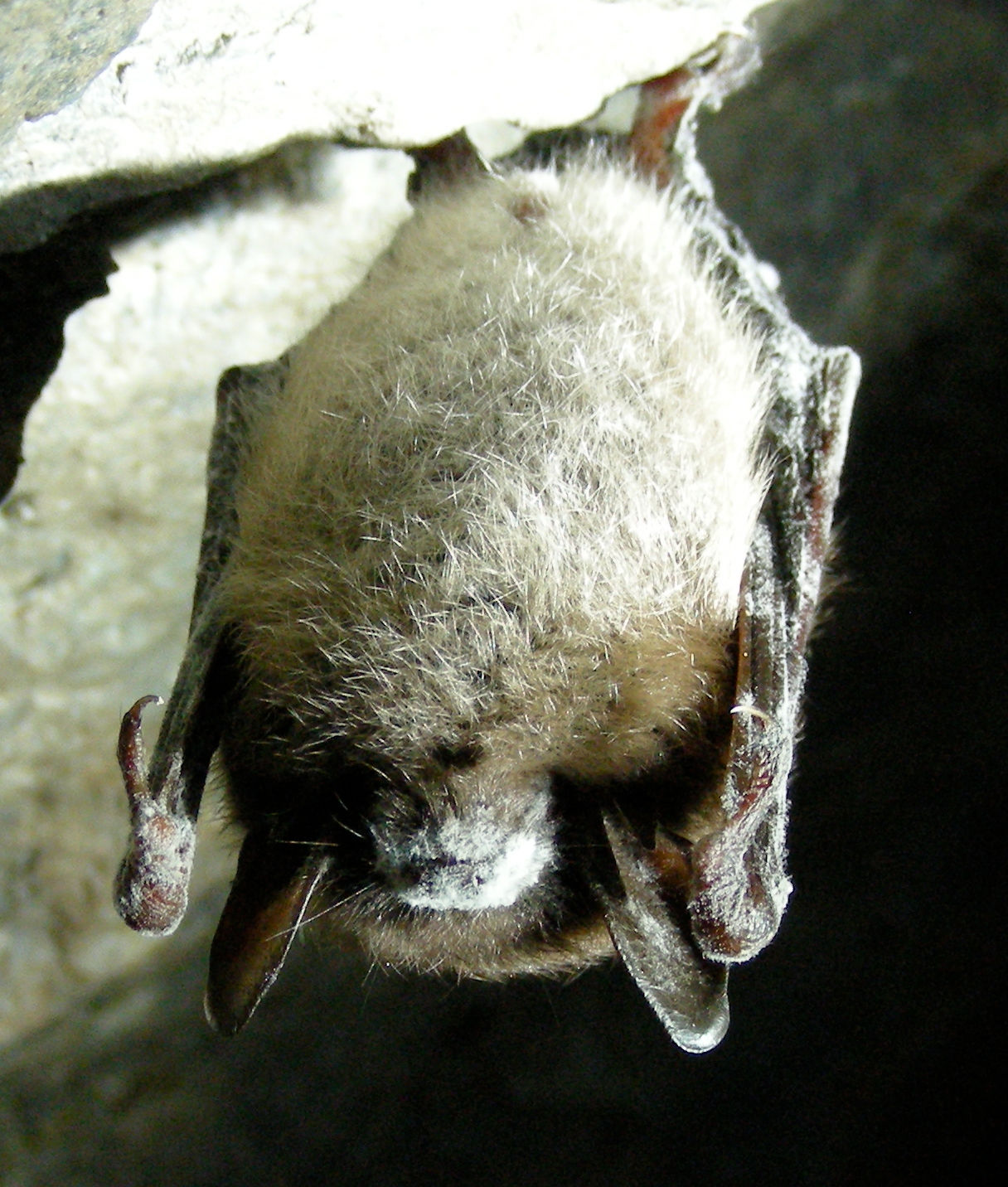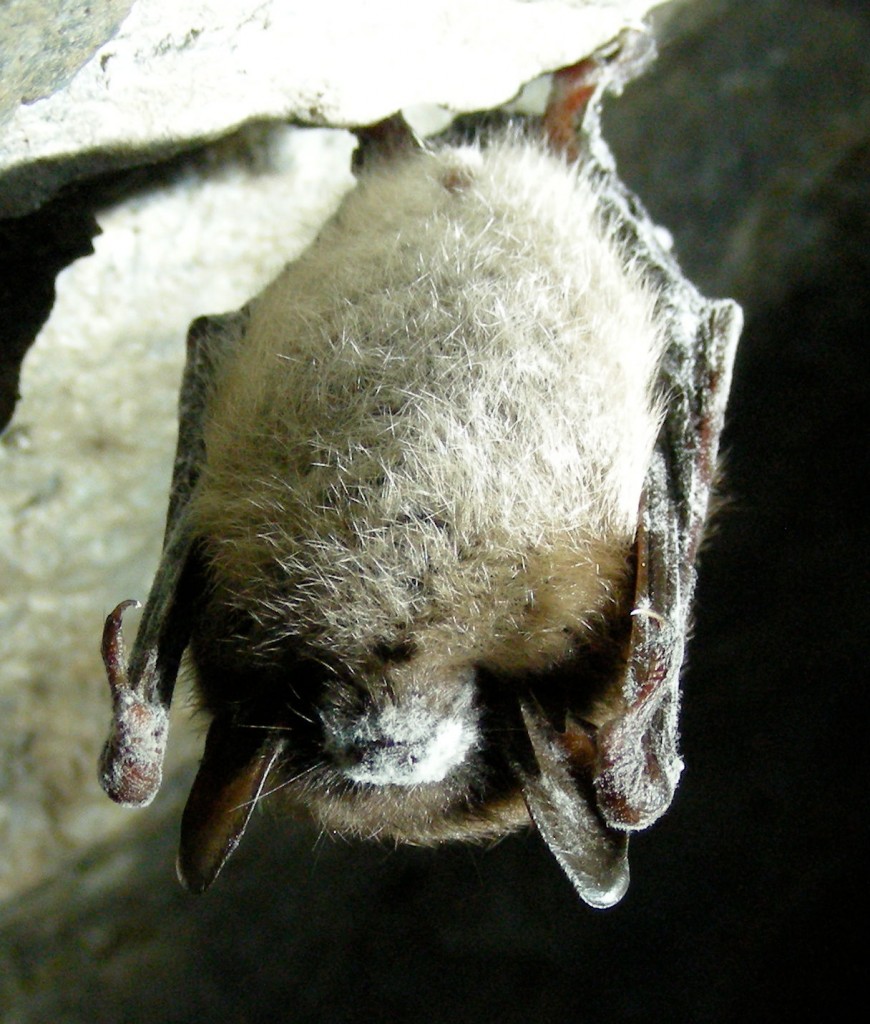
The Flathead Valley along both sides of the border is a significant bat study area, so another report of white-nose syndrome in the Western U.S. is cause for concern . . .
White-nose syndrome fungus has shown up in a second species of bat in Washington, adding to the concern that the problem could be expanding west of the Rocky Mountains.
Washington Department of Fish and Wildlife biologists reported finding a silver-haired bat that tested positive for Pseudogymnoascus destructans – a fungus that has killed millions of bats in 27 states and five Canadian provinces.
While the silver-haired bat was not made ill by the fungus, researchers worry it may be spreading spores to more vulnerable populations.
